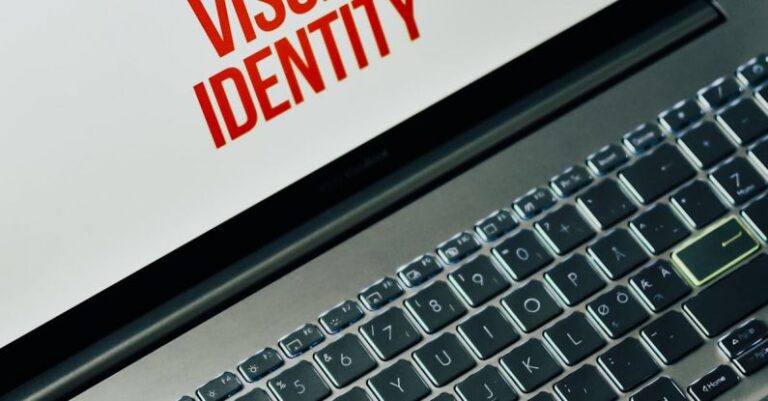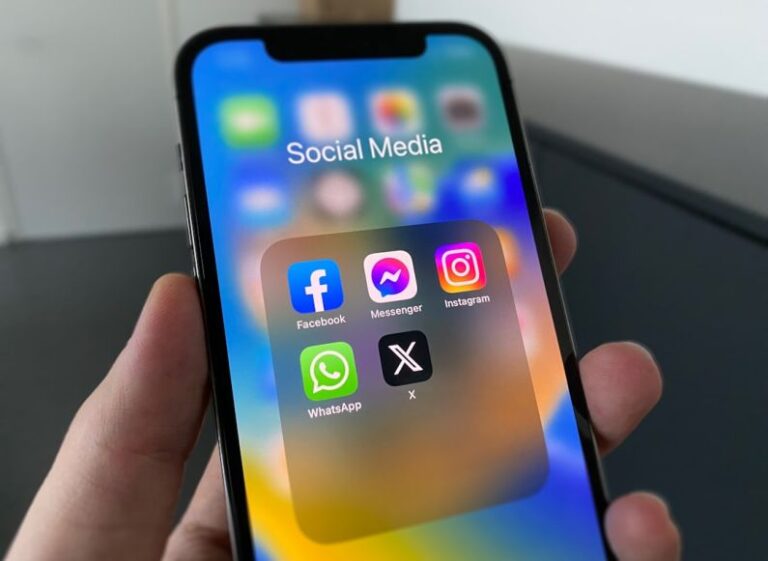What Are the Trends in Brand Identity Design

In today’s fast-paced digital world, brand identity design plays a crucial role in shaping the perception of a company among consumers. As businesses strive to stand out in a crowded marketplace, it’s essential to stay ahead of the curve and adapt to the latest trends in brand identity design. From minimalist logos to experiential branding, here are some of the key trends shaping the world of brand identity design.
**Minimalist Logos:**
One of the prevailing trends in brand identity design is the rise of minimalist logos. Brands are increasingly opting for simple, clean, and timeless designs that convey their message in a concise and impactful way. Minimalist logos often feature clean lines, ample white space, and a focus on typography. Companies like Apple, Nike, and Google have successfully embraced the minimalist approach to their logos, setting a new standard for simplicity and sophistication in branding.
**Bold Typography:**
Typography plays a significant role in brand identity design, and in recent years, we’ve seen a shift towards bold and expressive typography in branding. Brands are using custom fonts and typography to create a unique identity that resonates with their target audience. Bold typography can help a brand stand out, convey its personality, and make a lasting impression on consumers. Whether it’s through hand-lettered logos or eye-catching headlines, typography is a powerful tool for brands to communicate their message effectively.
**Color Gradients:**
Color gradients have made a comeback in brand identity design, adding depth and dimension to logos and branding materials. Gradients can evoke a sense of modernity, creativity, and dynamism, making them a popular choice for brands looking to make a bold statement. From subtle ombre effects to vibrant rainbow hues, color gradients are being used to create visually striking and memorable brand identities that capture the attention of consumers.
**Responsive Logos:**
With the increasing use of mobile devices and varying screen sizes, responsive logos have become essential in brand identity design. Responsive logos are designed to adapt to different platforms and screen sizes while maintaining their visual integrity and brand recognition. Brands are creating flexible logos that can be scaled up or down without losing their impact, ensuring a consistent brand experience across all devices and touchpoints.
**Experiential Branding:**
In today’s experience-driven economy, brands are focusing on creating immersive and memorable brand experiences for their customers. Experiential branding goes beyond visual identity to encompass all aspects of the brand’s interaction with consumers, including physical spaces, digital touchpoints, and customer service. Brands are using storytelling, sensory elements, and interactive technologies to engage with their audience on a deeper level and forge emotional connections that drive loyalty and brand advocacy.
**Sustainable Design:**
As consumers become more environmentally conscious, brands are embracing sustainability in their design practices. Sustainable design involves using eco-friendly materials, reducing waste, and minimizing the carbon footprint of branding materials. Brands are incorporating green elements into their visual identity, packaging, and marketing materials to showcase their commitment to environmental responsibility and resonate with eco-conscious consumers.
**Personalized Branding:**
Personalization is a key trend shaping brand identity design, as brands seek to create tailored experiences for their diverse audience segments. From personalized packaging to targeted messaging, brands are using data-driven insights to deliver customized brand experiences that resonate with individual consumers. Personalized branding helps brands build stronger relationships with their customers, increase brand loyalty, and drive repeat business.
In conclusion, the world of brand identity design is constantly evolving, driven by changing consumer preferences, technological advancements, and cultural shifts. By staying attuned to the latest trends and embracing innovation, brands can create distinctive and memorable identities that resonate with their target audience and stand the test of time. Whether it’s through minimalist logos, bold typography, experiential branding, or sustainable design, brands have a wealth of opportunities to differentiate themselves and leave a lasting impression in the minds of consumers.





